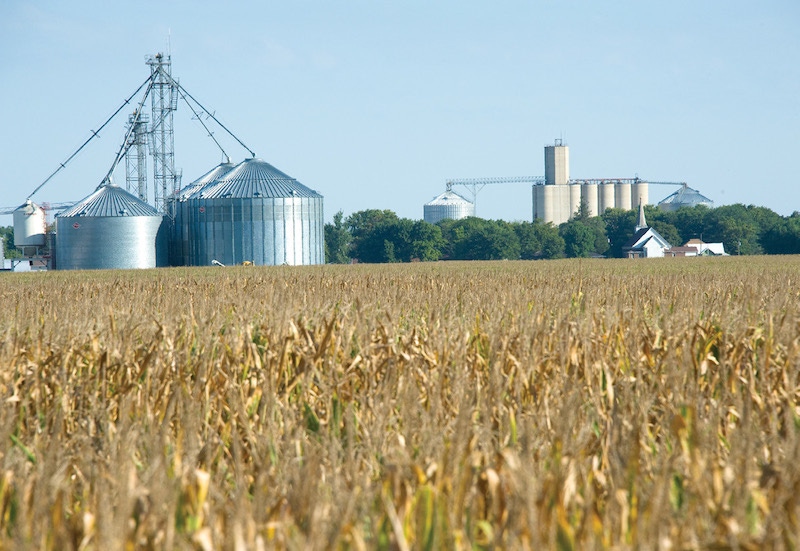
I start with an observation: some of the most successful grain marketers I meet are producers with no on-farm storage (and today, producers with no storage are few and far between). I want producers to be proactive in their marketing decisions, always looking ahead for opportunities to price this year’s (or next year’s) crop. Producers with no storage must be proactive. Their marketing choices at harvest are very limited. Before their crop is planted, they know they will be selling grain at harvest. Their choice – and it’s a small one – is which elevator will receive the grain. When your choices are that limited, it forces you to pay attention – very close attention – to early pricing opportunities. And, more often than not, early pricing opportunities are better than the harvest price.
The chain of events is straightforward; the lack of on-farm storage forces early pricing decisions, which often (but not always – nothing is 100%) leads to better marketing results.
Let’s follow-up with another observation: some of the worst marketing decisions are made by producers with lots and lots of on-farm storage. Actually, it’s not about the type of decision made because of on-farm storage. Rather, it is the lack of a decision caused by storage. It is the procrastinators’ maxim; never make a decision that can be delayed another day. Storage is the tool that allows procrastination.
In my winter travels, I am speaking with farmers who held their 2013 crop as long as they possibly could, only to sell grain weeks before the 2014 harvest. On-farm storage is the tool that allowed them to put off a pricing decision, and it was a painful decision. Corn prices at harvest were more than $1/bu. lower than the previous harvest. Soybean prices were nearly $4/bu. lower. Mark Twain may have said it best: “Never put off until tomorrow what you can do the day after tomorrow.” Great humor, but a poor approach to marketing.
From an operational perspective, storage is a big plus as producers can avoid lines at the grain elevator during harvest. They can also save money on drying costs. Storage should be a big plus in marketing too – the chance to set grain aside to avoid the low prices that generally strike at harvest. But for too many producers, it has become a tool to delay and avoid important marketing decisions.
Minnesota is cold but I’ll bet it’s cold in your neck of the woods too. Do you have some time to ponder the deep questions of the day? Look out the window. Do you have on-farm storage? I’m sure it was helpful at harvest, but ask yourself a question. From a decision-making perspective in marketing, are you using grain storage to create marketing opportunities, and as an excuse to delay pricing decisions?
You have another six weeks of winter to think about your answer.
About the Author(s)
You May Also Like






